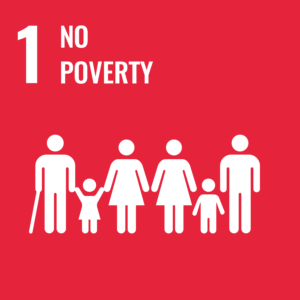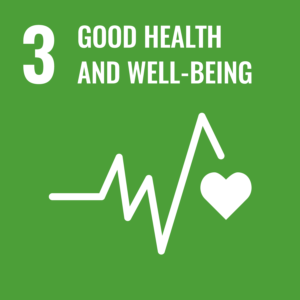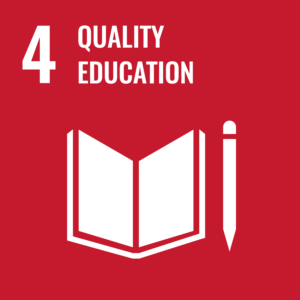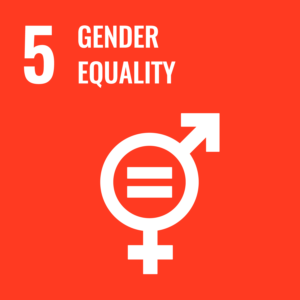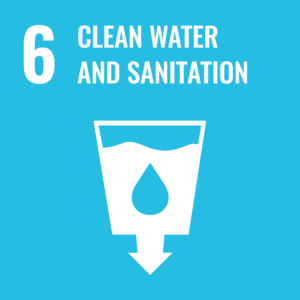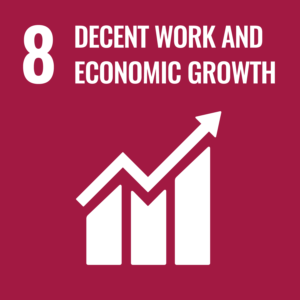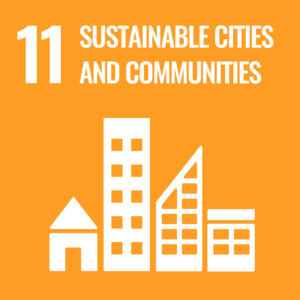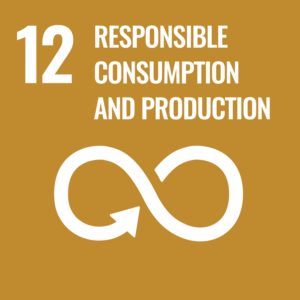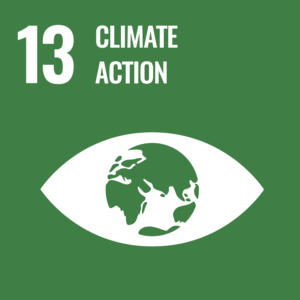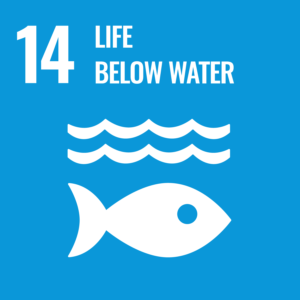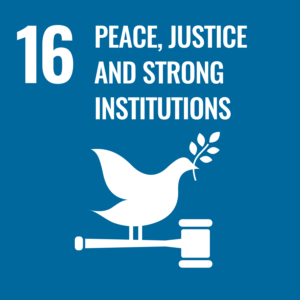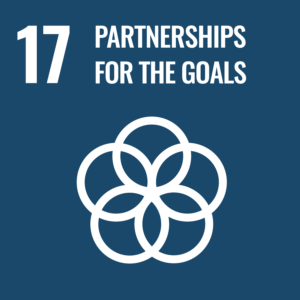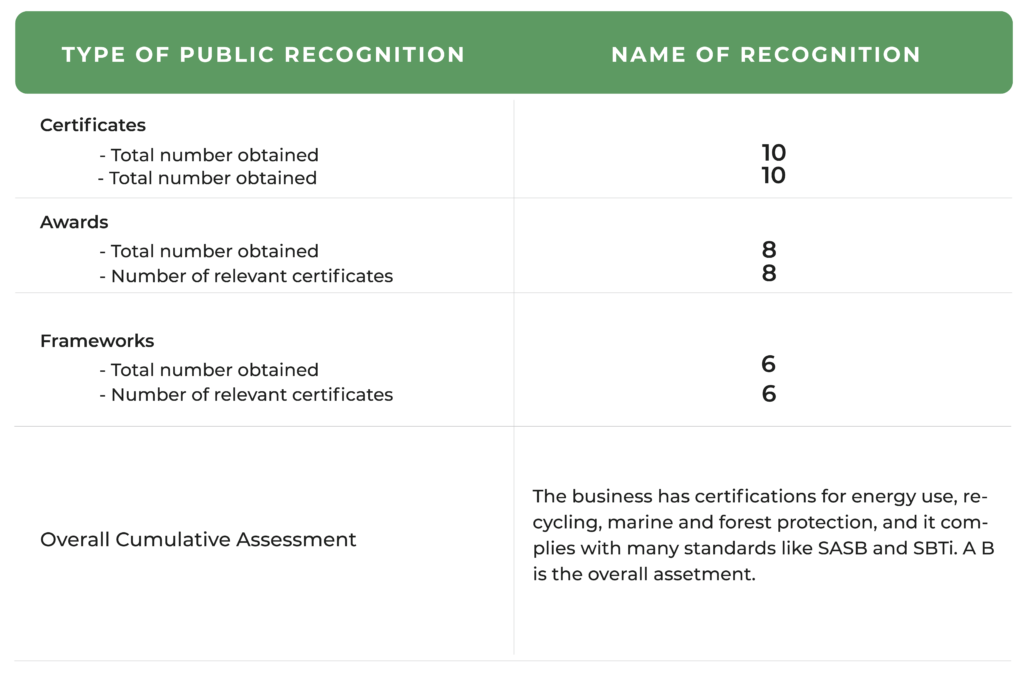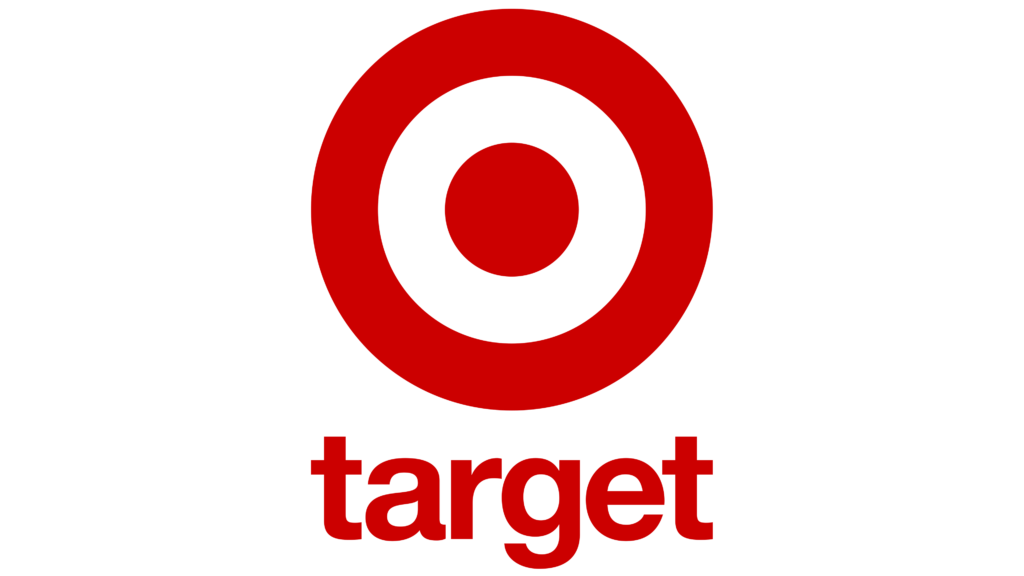
RATING

Outlook
Positive
SECTOR
Supermarkets and Other Grocery
Chief Sustainability Officer
T: N/A
E-mail: N/A
Stock Exchange and Ticker
NYSE: TGT
Website
Contact
T: 612-304-6073
E.mail: N/A
Listing
- No. 19 World’s Most Admired Companies 2022
- No. 12 100 Best Companies to Work For 2022
- No. 2 Best Large Workplaces in Retail 2021
- No. 13 Best Large Workplaces for Women 2021
- Great Place to Work-Certified™ 2022
- No. 23 PEOPLE Companies that Care® 2021
- No. 25 World’s Best Employers (Forbes 2021)
- DiversityInc 2022
- No. 27 Top Companies for Diversity
- No. 4 Top Companies for LGBTQ Employees
- Best Companies for Multicultural Women (Seramount 2022)
- JUST Capital 2022
- No. 6 Industry (Retail)
- No. 100 Overall
Awards
- Sustainalytics – Low Risk
- 100% on Corporate Equality Index (Human Rights Campaign 2022)
- 100% on Disability Equality Index 2021 Best Places to Work
- 2021 Supplier Engagement Leader recognized by CDP for the partnership with supply chain on climate action
- Bloomberg 2022
- Bloomberg Gender-Equality Index
- Member Company
- No. 8 Global Energy Procurement 2021
– The Visionary 2022 award: Brian Cornell (National Retail Federation)
Revenue
$104.611B
Market Capitalisation
$70.416B
Employees
450,000
Content source
Target Sustainability Report
Evaluation of Target
Target’s 2022 Environmental, Social and Governance (ESG) Report was published in July 2022 and includes activities and initiatives in fiscal year (FY) 2021 (January 31, 2021 – January 29, 2022). All quantitative goals and company data, unless otherwise stated, reflect FY2021. Some of Target’s climate and energy data have been independently verified to a limited level of assurance, but the company did not seek external assurance for the remainder of the 2022 Environmental, Social and Governance (ESG) report.
As presented in the table below, Target set many targets, but very little have a corresponding progress; most of them are still in the planning stage. Throughout the report many initiatives can be identified, but the only ones that provide quantitative data to measure the progress are the percentage of renewables at 52% from the 60% goal, the waste diverted from landfill at ⅔ accomplished. Other achievements, on the other hand, are presented as numbers rather than as a percentage of completion, such as 1,500 FSC-certified owned brand items or 3,000 products in relevant owned brand categories are RSPO physically certified, but there is no mention of how many in total.
In the report the SDGs that the company is committed to cover are clearly presented. However once again, the goals and progress are not easy to identify and therefore it makes it hard for an analyst to determine progress towards specific goals.
On a positive side, Target appears to be investing in employee well-being, in terms of pay, health benefits, education, and inclusivity for which the company has won several awards. Also, investments with diverse suppliers are worth mentioning, programs to encourage suppliers to become more sustainable, as well as develop partnerships to drive the company towards achieving sustainability goals.
Overall, the company receives a C score with a positive outlook since many initiatives are yet to be measured.
Sustainability Scorecard
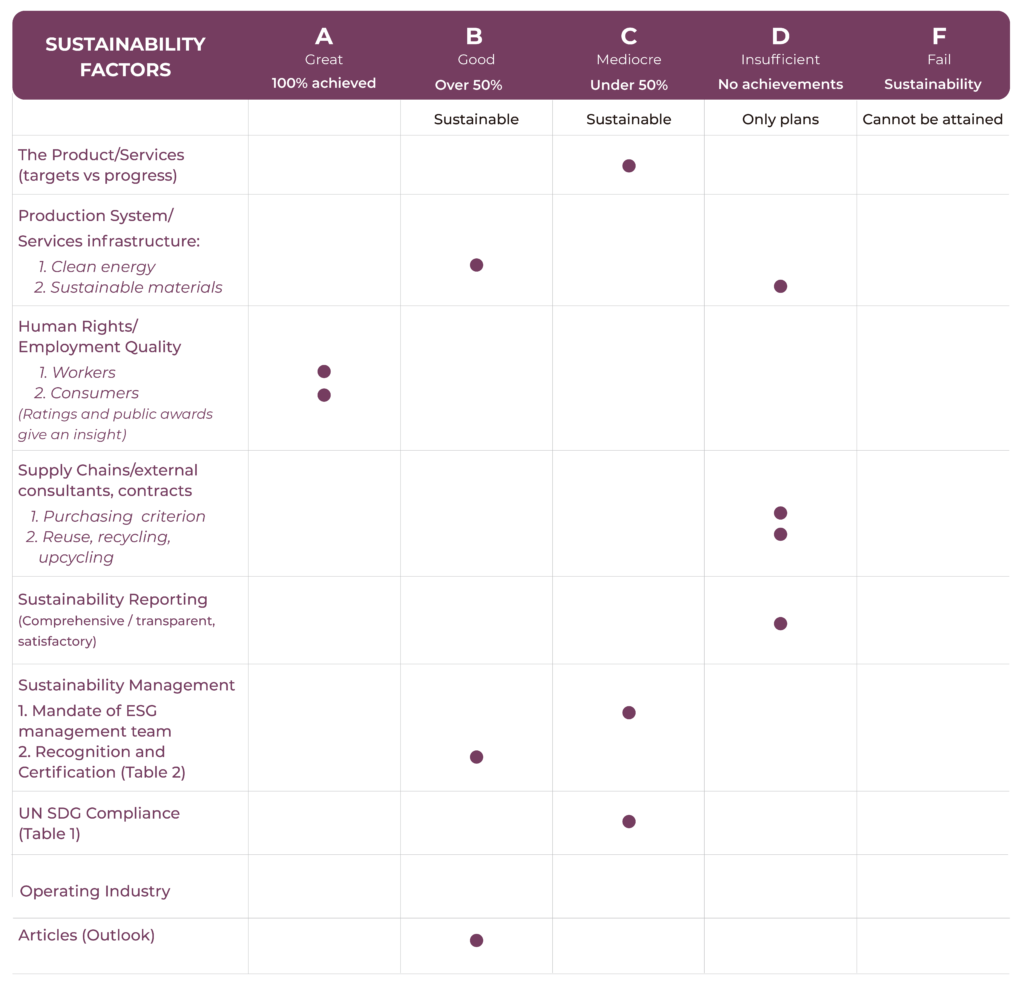
Target Company Activity
Target Corporation (Target), a general merchandise and food retailer that sells products through its stores and digital channels. The product categories includes apparel and accessories, beauty and household essentials, food and beverage, hardlines, and home furnishing and decor. The food assortment includes perishables, dry grocery, dairy and frozen items. It also provides in-store amenities, such as Target Café, Target Optical, Starbucks, and other food service offerings.
As of March 09, 2022, the company operated approximately 2,000 stores. Target Corporation was incorporated in 1902 and is headquartered in Minneapolis, Minnesota.
Target Sustainability Activity - As per company declarations
The Sustainability strategy at Target is outlined in the Target Forward program and can be summarised in three critical ambitions: to design and elevate sustainable brands, innovate to eliminate waste, and accelerate opportunity and equity.
Examples of efforts that Target is taking towards accomplishing the three goals are inclusive and sustainable product assortments, increasing renewable energy footprint in its operations, social justice commitments and philanthropic support of underserved communities.
Certificate & Labels, Standards and Frameworks
- EnergyStar
- How2Recycle
- Forest Stewardship Council (FSC)
- Marine Stewardship Council (MSC)
- Aquaculture Stewardship Council (ASC)
- Best Aquaculture Practices (BAP)
- Roundtable on Sustainable Palm Oil (RSPO)
- Fair Trade USA
- Cotton LEADS
- GreenChill
- SBI
- SASB
- SBTi
- TCFD
- UNSDG
- CDP Climate, Water and Forest Responses
Target in the news: Press Reviews and Social Media
- Bloomberg (August 25, 2021 by Peter Waldman and Lauren Etter): How Target Got Cozy With the Cops, Turning Black Neighbors Into Suspects
As a result of the violence following George Floyd death in May 2020 in Twin Cities, where several Target stores were affected, Target “vowed to face pain with purpose” and started several initiatives in the form of investments to address issues related to education and business development within Black communities.
But it was not always the case. The article describes at length how, for decades, Target invested in partnerships with law enforcement agencies and police foundations, becoming one of the most influential corporate donors.
Highlights from Target Sustainability Report
Achievements
- Achieved a 32% absolute reduction in operational emissions, on the way to achieve 50% reduction by 2030
- In 2021, Target achieved 30% absolute reduction in emissions (scopes 1 and 2) from a 2017 baseline, 9 years ahead of the goal date (2030)
- Retrofitted the first net zero energy store, expected to generate up to 10% more renewable energy per year than needed to support its operations
- Commitment launched to spend more than $2 billion with Black-owned businesses by the end of 2025
- Introduced Target Zero in 2022 to help consumers find products in more sustainable packaging
- Set a new starting wage range of $15-$24 per hour
- Extend medical plan to include more hourly team members who work a minimum average of 25 hours a week (down from 30 hours per week)
- Launched Dream to Be, debt-free education program for the 340,000 team members in the U.S. network, as part of a $200 million investment over the next four years
- Committed $100 million through 2025 to help fuel economic prosperity in Black communities across the U.S., including supporting local, Black-led organisations:
- Introduced Target Scholars Program to provide 1,000 first-year students with $5,000 scholarships, mentoring, internships and networking opportunities
- Became a founding supporter of the Pensole Lewis College of Business & Design, the nation’s first reopened historically Black college that offers free tuition to aspiring Black designers, engineers and leaders
- Closed on the first-ever Program-Related Investment (PRI) through the Target Foundation to support the long-term recovery and growth of Minnesota small businesses in low- to moderate income or underbanked communities
- Made a $5 million incremental commitment to community based NGOs, advancing vaccine equity among diverse populations
- Contributed nearly 900,000 hours of volunteering, despite the unique challenges of COVID-19
- Publicly shared Target’s voting rights principles and joined 250 other organizations in signing on to the Business for Voting Rights Coalition, which would prohibit racial discrimination in voting laws, ensuring equal access to the democratic process
- Confirmed through adjusted pay analyses that women were paid 100% of the pay for men, and Black, Indigenous, and people of colour (BIPOC) were paid 100% of the pay for white team members
Weaknesses and Setbacks
- There seems to be a ‘game’ when reporting on Scope 1 and 2 emissions. For example in 2021, Target achieved 30% reduction in Scope 1 and 2 and in 2022 they updated the goal to reduce by 50% by 2030 compared with a 2017 baseline, which remains basically a 20% reduction.
- Many initiatives without link to a sustainable development goal or sustainability goal in general.
Targets vs Progress Reported
| Target | Results reported |
|---|---|
| By 2025, Target aims to have at least 60% from the global electricity consumption from renewables | - Currently 52% comes from renewable sources (34% from Target’s RECs and 18% from the grid) |
| By 2030 , 100% of the energy to be from renewable sources | - Investments in contracts for off-site renewable energy and rooftop solar projects, in 2021, solar have been at 560 sites |
| By 2030, Target plans to achieve zero waste to landfill in U.S. operations | - In 2021, diverted 68.2% of construction waste and 80.8% of operational waste from landfill |
| By 2030, Target intends for the leading raw materials (e.g., forest products, cotton, etc.) that go into owned brand products to be 100% recycled, regenerative or sustainably sourced | - Working to meet public responsible sourcing commitments for forest products, chemicals, cotton, animal welfare, palm oil and seafood - Several owned brands are implementing Target’s Chemicals Policy, Responsible Sourcing Policy for Forest Products and Cotton Policy, including everspring, Universal Thread, Spritz and Cat & Jack 1,500 FSC-certified owned brand items |
| By 2025, Target plans to reduce operational food waste by 50% | - Organics recycling or composting programs are currently available at 712 facilities, for food that cannot be donated |
| By 2030, Target plans to divert 90% of waste from landfill through reuse, recycling, donation and reduction strategies | - In 2021, 21 factories achieved zero waste to landfill, collectively diverting 5,602 tons of waste - Service providers manage 100% of electronics waste domestically ( no materials are exported), batteries are recycled by hazardous waste vendors. And the packaging film is also recycled |
| By 2030, Target commits to achieve 50% absolute reduction in operations emissions (scopes 1 and 2) from a 2017 baseline | - In 2021, Target achieved 32% absolute reduction in emissions (scopes 1 and 2) from a 2017 baseline, 9 years ahead of the original goal date by 2030 - In 2022, Target updated the scope 1 and 2 emissions reduction goal to 50% by 2030 from a 2017 baseline, and since 30% were already reduced between 2017 to 2021, this leaves Target with only 20% reduction by 2030 |
| By 2030, Target commits to achieve 30% absolute reduction in supply chain emissions (scope 3) covering retail PGSs from a 2017 baseline | - 32% of top 80% of suppliers by spend have set emission reduction targets by end of 2021 |
| By 2023, 80% of Target’s suppliers by spend (covering all purchased goods and services) will set science-based scope 1 and scope 2 targets | - 98% of Tier 1 suppliers (Apparel factories) and 90% of Tier 2 suppliers (fabric mills, packaging factories and trim factories) have completed the Higg Facility Environmental Module (FEM) self-assessment (or equivalent data assessment) |
| By 2025, Target plans for 100% of owned brands, in addition to owned brand limited-edition and brand partnerships, to adhere to Target’s sustainability standards | - No progress reported |
| BBy 2025, Target plans to have 50% of owned brand apparel, footwear, home and hardlines suppliers by spend achieve zero manufacturing waste to landfill (ZMW) | - No progress reported |
| IBy 2025, Target aims to remove intentionally added perfluorinated alkyl substances (PFAS) from owned brand products | - No progress reported |
| By 2025, all owned brand apparel textile facilities will comply with the ZDHC Progressive-level wastewater standard | - No progress reported |
| By 2025, Target commits to engage suppliers to prioritise renewable energy and collaborate on solutions that protect, sustain and restore nature | - No progress reported |


